printable nature scavenger hunt pdf
Article Plan: Printable Nature Scavenger Hunt PDF
This comprehensive guide details creating and utilizing printable nature scavenger hunts‚ offering free and paid resources for engaging outdoor exploration with children.
Discover diverse hunt types – item-based‚ sensory‚ color-focused‚ photographic‚ and urban – alongside tips for safety‚ adaptation‚ and fostering observational skills.
Learn to design age-appropriate hunts with varying difficulty levels‚ extending the fun with follow-up activities and promoting family bonding through nature’s wonders.
Nature scavenger hunts are a fantastic way to encourage children and families to connect with the outdoors‚ transforming a simple walk into an exciting adventure. These hunts involve searching for specific items or completing challenges found in natural environments‚ fostering curiosity and appreciation for the world around us.
The increasing popularity of printable nature scavenger hunt PDFs reflects a desire for accessible‚ screen-free activities. These readily available resources offer a structured yet flexible approach to outdoor exploration‚ catering to various age groups and interests. From backyard adventures to park explorations‚ these hunts provide a focused activity that promotes observation and learning.
Today‚ numerous online platforms offer both free and paid printable options‚ making it easier than ever to embark on a nature-filled quest. They are a brilliant way to combine fun with education‚ encouraging kids to actively engage with their surroundings and develop a deeper understanding of nature’s intricacies.
What is a Nature Scavenger Hunt?
A nature scavenger hunt is essentially a game where participants are given a list of items or clues to find within a natural setting. These lists can vary greatly‚ ranging from specific objects like “a pinecone” or “a red leaf” to more abstract challenges like “something rough” or “find evidence of an insect.”
Printable nature scavenger hunt PDFs take this concept and present it in a convenient‚ ready-to-use format. These PDFs typically feature a checklist or a series of images representing the items to be found‚ making it easy for children to participate independently or with minimal adult supervision.
The core idea is to encourage exploration and observation‚ turning a regular outdoor experience into an engaging and educational activity. They can be adapted for different environments – forests‚ parks‚ even urban green spaces – and tailored to suit various age groups and skill levels.
Benefits of Nature Scavenger Hunts for Children
Printable nature scavenger hunts offer a wealth of benefits for children’s development. They actively promote educational value by fostering curiosity about the natural world‚ encouraging identification of plants‚ animals‚ and natural elements. This hands-on learning experience enhances scientific understanding and environmental awareness.
Beyond academics‚ these hunts significantly boost physical activity & wellbeing. Children are motivated to move‚ explore‚ and spend time outdoors‚ combating sedentary lifestyles. The search itself is exercise! Furthermore‚ they contribute to family bonding‚ providing a shared activity that encourages teamwork and communication.
Sensory scavenger hunts‚ in particular‚ stimulate a child’s senses‚ while the accomplishment of finding items builds confidence and problem-solving skills. They’re a fun‚ engaging way to learn and grow.
Educational Value
Printable nature scavenger hunts are powerful educational tools disguised as fun. They transform outdoor spaces into living classrooms‚ encouraging children to observe‚ identify‚ and learn about their surroundings. Hunts can be tailored to specific learning objectives‚ from botany and zoology to geology and ecology.
Identifying items like ferns‚ pinecones‚ or different colored rocks introduces basic scientific classification. Searching for insects or animal tracks fosters an understanding of wildlife and ecosystems. Even simple tasks‚ like finding a “jagged leaf‚” promote descriptive language and observational skills.
These hunts support STEM learning‚ encouraging inquiry and critical thinking. They also cultivate an appreciation for nature and environmental stewardship‚ inspiring future conservation efforts.
Physical Activity & Wellbeing

Printable nature scavenger hunts actively combat sedentary lifestyles‚ encouraging children to get outdoors and move. The hunt itself necessitates walking‚ running‚ and exploring‚ promoting cardiovascular health and building gross motor skills. Unlike structured sports‚ the activity feels less like exercise and more like an adventure‚ increasing engagement.
Spending time in nature is also demonstrably beneficial for mental wellbeing. Exposure to sunlight boosts Vitamin D levels‚ while the calming environment reduces stress and anxiety. The focused attention required for the hunt can improve concentration and mindfulness.
These hunts offer a healthy alternative to screen time‚ fostering a positive relationship with the outdoors and promoting a lifelong love of physical activity.
Family Bonding
Printable nature scavenger hunts provide a fantastic opportunity for quality family time‚ away from the distractions of modern life. Working together to find items on the list encourages collaboration‚ communication‚ and shared problem-solving skills. The hunt fosters a sense of teamwork and creates lasting memories.
These activities allow parents and children to connect on a shared experience‚ sparking conversations about nature and the environment. It’s a chance to observe each other’s interests and strengths‚ strengthening family bonds.
The playful nature of the hunt reduces stress and promotes laughter‚ creating a positive and supportive atmosphere. It’s a simple yet effective way to nurture relationships and build a stronger family unit.

Types of Nature Scavenger Hunts
Explore diverse hunt options‚ including item-based lists‚ sensory explorations‚ color challenges‚ photographic quests‚ and engaging urban nature adventures for all ages.
Basic Item-Based Hunts
These are the most traditional and straightforward type of nature scavenger hunt‚ perfect for younger children or beginners. The list typically includes common natural items easily found in most outdoor environments‚ such as a pinecone‚ a feather‚ a smooth rock‚ a specific type of leaf (oak‚ maple)‚ or a wildflower.
Printable PDFs for item-based hunts often feature pictures alongside the words‚ aiding pre-readers in identifying the targets. The simplicity allows children to focus on observation and exploration without the added complexity of sensory or color-based challenges. These hunts are easily adaptable to different locations – backyards‚ parks‚ forests – simply adjusting the list to reflect the available flora and fauna.
A successful item-based hunt encourages children to actively search their surroundings‚ developing their awareness of the natural world. It’s a fantastic starting point for fostering a love of nature and building foundational observation skills.
Sensory Scavenger Hunts (Rough‚ Smooth‚ etc.)
Sensory scavenger hunts elevate the experience beyond simple item collection‚ engaging children’s tactile senses and encouraging deeper interaction with nature. Instead of finding a specific object‚ the challenge lies in finding something that feels a certain way – rough bark‚ a smooth stone‚ a soft feather‚ or something prickly.
Printable PDFs for these hunts often list descriptive adjectives‚ prompting children to explore textures and sensations. This type of hunt is particularly beneficial for younger children and those who learn best through hands-on experiences. It promotes mindful observation and encourages children to truly feel their surroundings.
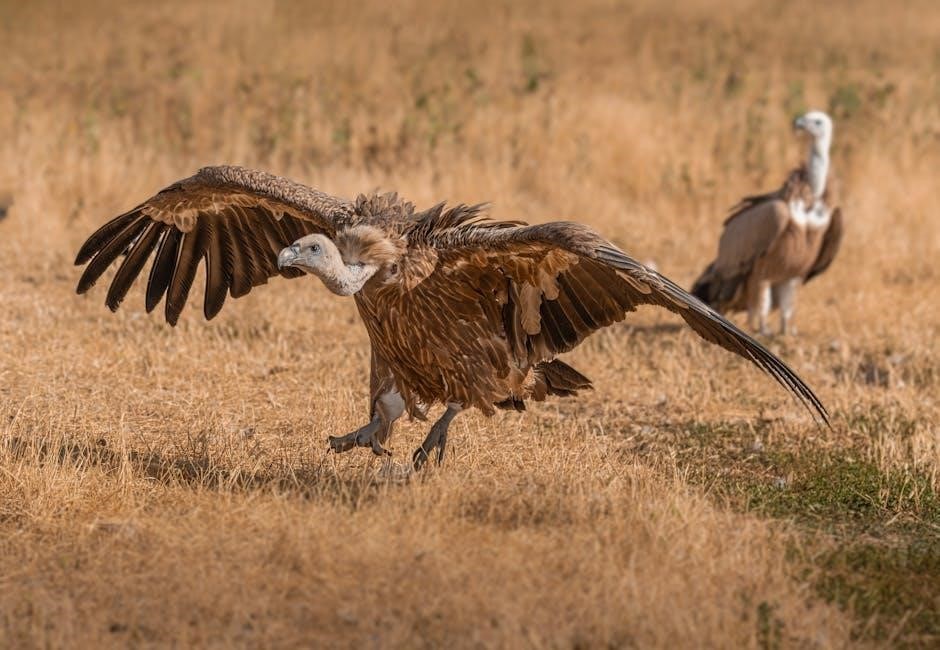
Adapting to different environments is easy; a forest offers abundant rough textures‚ while a beach provides smooth shells. These hunts foster curiosity and a deeper appreciation for the diverse sensory experiences nature provides.
Color-Based Scavenger Hunts
Color-based nature scavenger hunts transform outdoor exploration into a vibrant quest‚ challenging participants to locate items matching specific hues. Printable PDFs for these hunts typically feature a color palette or list individual colors – red‚ blue‚ green‚ yellow‚ and beyond – prompting a focused search within the natural environment.
This hunt type is excellent for developing color recognition skills in younger children‚ while simultaneously encouraging observation and attention to detail. It’s surprisingly challenging‚ as finding exact color matches in nature requires careful scrutiny. Variations include finding shades (light green‚ dark brown) or patterns incorporating specific colors.
Color hunts are adaptable to any season and location‚ offering a fresh perspective on familiar surroundings; They can be combined with other hunt types for added complexity and fun‚ fostering a deeper connection with the natural world.
Photo Scavenger Hunts
Photo scavenger hunts inject a modern twist into traditional nature exploration‚ utilizing smartphones or cameras to document discoveries. Printable PDFs for these hunts often present a list of subjects to photograph‚ rather than collect physically – a specific type of leaf‚ a bird in flight‚ or a textured tree bark.
This format is ideal for minimizing environmental impact‚ leaving nature undisturbed while still fostering observation and engagement. It encourages creativity and artistic expression‚ as participants frame and capture unique perspectives. Photo hunts are particularly appealing to older children and teens‚ offering a more sophisticated challenge.
The resulting photos create a lasting memento of the adventure‚ sparking conversation and reflection. Sharing photos online can further extend the fun‚ creating a community of nature enthusiasts.
Urban Nature Scavenger Hunts
Urban nature scavenger hunts demonstrate that exploration isn’t limited to forests and parks; nature thrives even within city limits! Printable PDFs for these hunts focus on finding natural elements within an urban environment‚ like a dandelion growing through a crack in the pavement or a bird’s nest in a tree.
These hunts encourage observation of often-overlooked details‚ fostering an appreciation for the resilience of nature. They’re perfect for city dwellers or when access to wilder areas is limited‚ making nature accessible to everyone. Items might include finding different types of leaves‚ identifying a specific insect‚ or locating evidence of animal life.
Urban hunts promote environmental awareness‚ highlighting the importance of green spaces within cities.
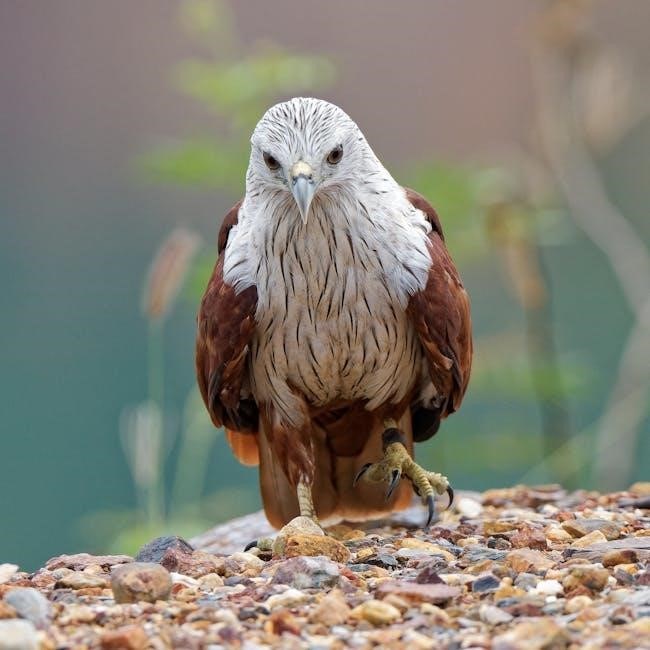
Creating Your Own Printable Nature Scavenger Hunt
Designing a personalized hunt involves selecting items‚ crafting a visually appealing PDF‚ and tailoring the difficulty to suit the age and abilities of participants.
Items to Include on Your List
When compiling your scavenger hunt list‚ consider a diverse range of natural elements to spark curiosity and learning. Common items include three different colored rocks‚ a fern‚ a pinecone‚ flowers‚ and evidence of flying insects like butterflies or bees.
Don’t forget to add mushrooms (with caution – never touch!)‚ berries (identify safely first!)‚ a jagged leaf‚ an earthworm‚ and a tree with moss. An acorn is another excellent addition‚ as is something rough‚ something smooth‚ and something red‚ encouraging sensory exploration.
For older children‚ include more challenging finds like specific types of trees or animal tracks. Tailor the list to your environment – a backyard hunt will differ from a forest expedition. Remember to prioritize safety and responsible interaction with nature!
Designing the Printable PDF
Creating a visually appealing and user-friendly printable PDF is key to a successful scavenger hunt. Utilize clear‚ concise language for each item on the list‚ ensuring it’s easily understood by the target age group.
Incorporate images alongside text‚ especially for younger children who may not yet be proficient readers. A well-organized layout with checkboxes or spaces for notes enhances engagement and allows participants to track their progress.
Consider using a colorful design to make the PDF more inviting. Ensure the PDF is formatted for easy printing on standard letter-size paper. Include a title and potentially a small introductory message to set the tone for the adventure!
Age Appropriateness of Items
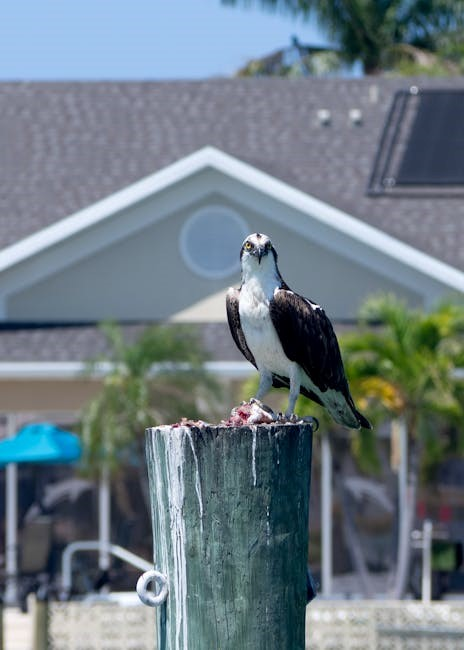
Tailoring the scavenger hunt items to the age and developmental stage of the children is crucial for maximizing enjoyment and learning. Toddlers and preschoolers benefit from simple‚ concrete items like “a red leaf” or “a smooth stone‚” focusing on basic colors and textures.
Older children can handle more complex challenges‚ such as identifying specific tree types‚ finding evidence of animal life (tracks‚ feathers)‚ or locating items based on descriptive clues.
Avoid items that are potentially dangerous or difficult to find‚ ensuring the hunt remains a positive and achievable experience. Consider incorporating varying difficulty levels within the same hunt to cater to a range of ages and abilities.
Difficulty Levels (Easy‚ Medium‚ Hard)
Categorizing items by difficulty enhances the scavenger hunt experience for diverse age groups and skill levels. “Easy” items include common objects like a pinecone‚ a feather‚ or a specific colored leaf – readily found and easily identifiable.
“Medium” challenges might involve finding something rough‚ smooth‚ or a particular type of flower‚ requiring closer observation and a bit more searching.
“Hard” items could be identifying a specific tree species‚ locating animal tracks‚ or finding something that demonstrates a natural process (like decomposition). Clearly marking difficulty levels on the printable PDF allows participants to choose challenges appropriate for their abilities‚ fostering success and continued engagement.
Where to Find Printable Nature Scavenger Hunt PDFs
Numerous online resources offer free and paid printable nature scavenger hunts‚ alongside customizable templates for personalized outdoor adventures and family fun.
Free Printable Options Online
The internet boasts a wealth of free printable nature scavenger hunt resources‚ readily available for download and immediate use. Websites like empathyencompassed.com offer beautifully designed hunts‚ featuring lists including items like ferns‚ pinecones‚ flowers‚ and various insects.
Many blogs dedicated to parenting and outdoor activities also provide free printables‚ often tailored to specific age groups or environments. A quick search reveals options perfect for backyard explorations‚ camping trips‚ or even urban nature walks.
These free resources frequently include visually appealing designs‚ making them engaging for children. You can find UK-friendly versions specifically designed for local flora and fauna. Downloading these PDFs is typically straightforward‚ requiring only a click and a save. Remember to check the source’s terms of use before printing and distributing.

Paid Printable Resources
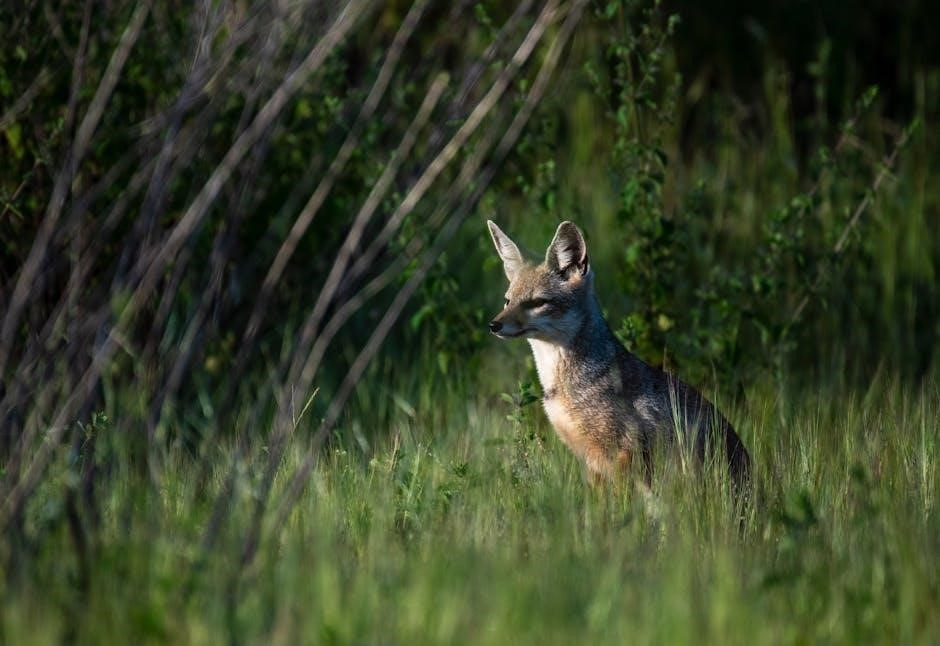
While numerous free options exist‚ paid printable nature scavenger hunts often offer enhanced features and designs. These resources frequently come from educational websites or marketplaces specializing in children’s activities. Expect higher-quality graphics‚ more extensive item lists‚ and potentially themed hunts – like a bug-focused or woodland adventure.
Paid options may also include answer keys or additional activity sheets‚ extending the learning experience beyond the hunt itself. Some sellers offer customizable templates‚ allowing you to personalize the hunt with your child’s name or specific interests.
Purchasing printable hunts supports content creators and ensures continued development of quality resources. Platforms like Etsy often feature unique and artistically designed scavenger hunts. Consider the value offered – complexity‚ design‚ and added features – when evaluating paid options.
Customizable Templates
For ultimate flexibility‚ consider utilizing customizable nature scavenger hunt templates. These digital files‚ often available as editable PDFs or through design software‚ empower you to tailor the hunt precisely to your environment and child’s abilities.
You can modify item lists‚ add personalized clues‚ and adjust the difficulty level with ease. Some templates allow for image insertion‚ enabling you to include pictures of specific plants or landmarks in your area. This is particularly useful for urban nature hunts or locations with unique features.
Customization ensures the hunt remains engaging and relevant‚ fostering a deeper connection with the natural world. Platforms like Canva and Etsy offer a range of customizable templates‚ catering to various design preferences and skill levels.
Tips for a Successful Nature Scavenger Hunt
Prioritize safety‚ adapt to surroundings‚ encourage keen observation‚ and promote teamwork for a memorable experience. Extend the learning with post-hunt discussions!
Safety Considerations
Before embarking on your nature scavenger hunt‚ prioritize safety above all else. Thoroughly inspect the chosen area for potential hazards like poisonous plants (ivy‚ oak‚ sumac)‚ stinging insects‚ and uneven terrain.
Always supervise children closely‚ especially near water sources or steep slopes. Dress appropriately for the weather‚ including sturdy shoes‚ hats‚ and sunscreen.
Teach children to “look before they touch” and avoid disturbing wildlife or their habitats. Carry a basic first-aid kit for minor scrapes and insect bites.
Inform someone of your planned route and estimated return time. Consider bringing a fully charged mobile phone for emergencies‚ but remember that signal strength may be limited in remote areas.
Emphasize the importance of staying within designated boundaries and respecting private property. A well-prepared and cautious approach ensures a fun and safe adventure for everyone involved!
Adapting to Different Environments
The beauty of a nature scavenger hunt lies in its adaptability. Whether you’re in a lush forest‚ a sprawling park‚ or even an urban setting‚ the hunt can be tailored to the surroundings.
For forests‚ focus on identifying trees‚ plants‚ and animal tracks. In parks‚ incorporate landmarks and common bird species. Urban hunts can highlight hidden greenery‚ unique architecture‚ and local flora.
Modify the item list to reflect the available resources. Swap “find a pinecone” for “find a specific type of leaf” if pinecones are scarce.
Consider seasonal changes; adjust the list based on what’s in bloom or visible. A winter hunt might focus on animal signs in the snow‚ while a summer hunt could include wildflowers.
Embrace the unique characteristics of each environment to create a truly immersive and educational experience‚ ensuring the hunt remains engaging and relevant.
Encouraging Observation Skills
Nature scavenger hunts are exceptional tools for honing observation skills in children; Instead of simply finding items‚ encourage detailed examination.
Prompt questions like: “What color is the leaf?”‚ “How does the bark feel?”‚ or “Can you describe the insect’s wings?” This shifts the focus from speed to mindful exploration.
Introduce the concept of comparing and contrasting. Ask children to find two leaves that are different shapes or two rocks with varying textures.
Utilize sensory prompts: “Find something rough‚” “Find something that smells sweet‚” or “Find something that makes a sound.”
Photo scavenger hunts further enhance observation‚ requiring careful framing and attention to detail. By fostering curiosity and close inspection‚ these hunts cultivate a deeper appreciation for the natural world.
Making it a Team Effort
Transforming a nature scavenger hunt into a collaborative activity amplifies the fun and strengthens family bonds. Divide participants into teams‚ assigning roles like navigator‚ recorder‚ or collector.
Encourage communication and shared decision-making. Teams must discuss where to search and how to interpret clues on the printable PDF.
Introduce a points system for found items‚ with bonus points awarded for teamwork and helpfulness. This fosters a spirit of cooperation rather than competition.
Consider assigning each team a specific area to explore‚ preventing overlap and promoting independent discovery.
Celebrate collective success! A shared reward‚ like a picnic or a nature-themed craft‚ reinforces the value of working together and enjoying the outdoors.
Extending the Hunt – Follow-Up Activities
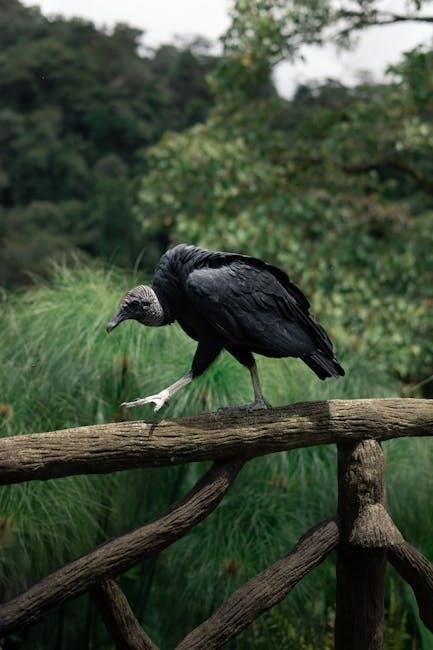
Don’t let the excitement end when the scavenger hunt concludes! Utilize collected items for creative follow-up activities‚ deepening the learning experience.
Create nature collages or artwork using leaves‚ flowers‚ and twigs found during the hunt‚ referencing the printable PDF’s discoveries.
Press flowers and leaves to preserve memories and create beautiful keepsakes.
Research identified plants and animals using field guides or online resources‚ expanding knowledge about local ecosystems.
Write stories or poems inspired by the hunt‚ encouraging imaginative expression. Alternatively‚ start a nature journal to document future explorations and observations.